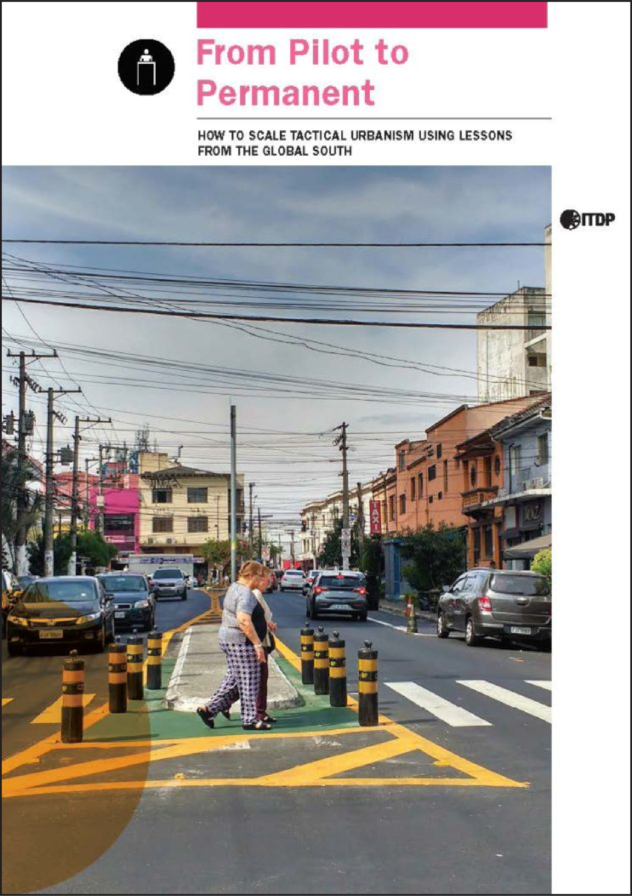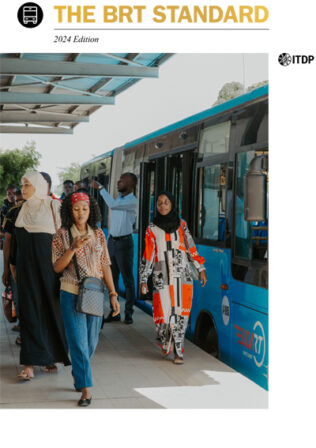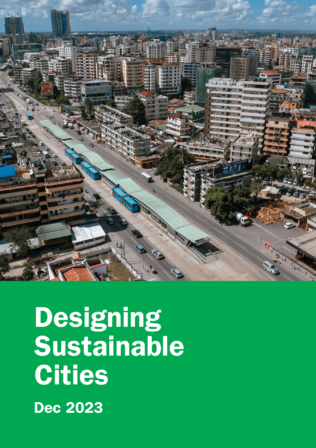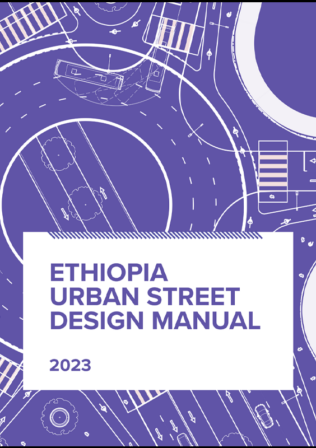How to Scale Tactical Urbanism using Lessons from the Global South
How to scale tactical urbanism using lessons from the Global South
In the current context of the COVID-19 pandemic, various forms of long term lock down or shelter-in place orders have limited non-essential travel and resulted in some of the lowest vehicle volumes in decades. Recognizing that people still need (and want) to move around, cities like Bogotá, San Francisco, and Paris quickly rolled out low-cost, flexible interventions like temporary cycle lanes and car-free streets to alleviate crowding on public transport, provide more space for physically distanced recreation, and improve safety on the street for pedestrians and cyclists.
Even cities that had not seriously considered tactical urbanism interventions before are starting to see the opportunities these projects present to rapidly change how street space is allocated. A number of technical resources and design guides exist about how to choose materials for, install, or adjust tactical urbanism projects.
This brief, instead, looks at the process and analyzes the goals, challenges, and lessons from tactical urbanism projects across a spectrum of cities in the Global South to offer recommendations that will help ensure that temporary interventions are eventually made permanent.




